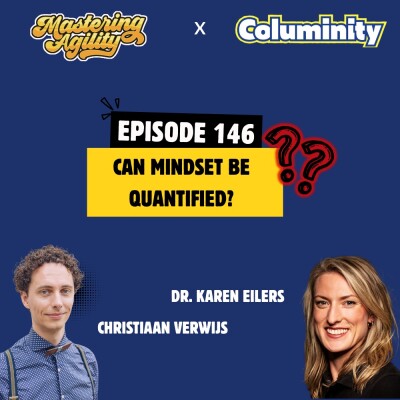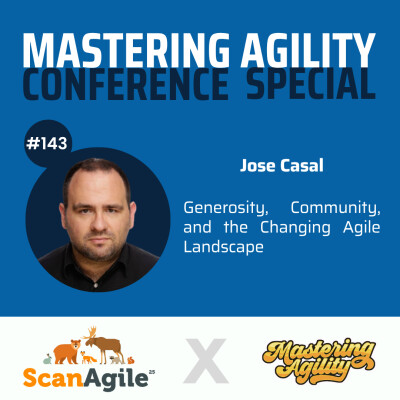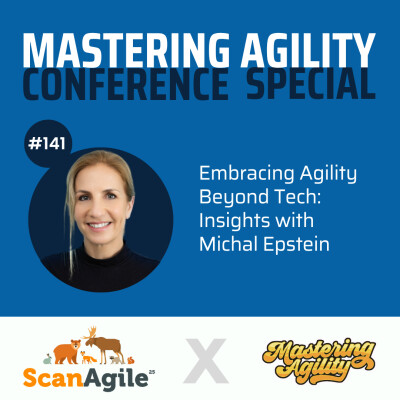Description
summary
In this conversation, hosts Sander Dur and Jim Sammons discuss various topics including the impact of books, the secrecy of Apple, consumer behavior, and the product operating model with their guest Chris Jones. They explore the concept of the product operating model, which focuses on shifting from output-oriented approaches to outcome-oriented approaches. They also discuss the importance of building and solving problems in product development, as well as the role of product strategy in driving cohesive decision-making. The conversation explores the implementation of the product operating model and the role of product owners and product managers. It discusses the shift from locally implemented frameworks to a more holistic approach throughout the entire organization. The conversation also touches on the involvement of CFOs in funding and investment decisions and the ideal composition of the C-suite in a product organization. Examples of companies that have successfully adopted the product operating model are mentioned. The distinction between product ownership and product management is clarified, emphasizing the importance of collaboration and a holistic approach. The conversation concludes with a discussion on the future of product management and the potential for automation.
takeaways
Books can have a significant impact on personal and professional growth.
The secrecy of companies like Apple can be both a strength and a weakness.
Consumer behavior is influenced by both product features and brand image.
The product operating model emphasizes outcome-oriented approaches over output-oriented approaches.
Building and problem-solving are key aspects of successful product development.
A cohesive product strategy is essential for effective decision-making. The product operating model is a holistic approach that should be implemented throughout the entire organization, rather than just in specific teams or departments.
CFOs are increasingly involved in funding and investment decisions related to product development.
Successful adoption of the product operating model requires collaboration and a shift from a command-and-control mindset to a focus on outcomes and value.
The distinction between product ownership and product management lies in the level of responsibility and the scope of the role.
Product management is a complex and judgment-based role that is less likely to be automated in the future.
Check out our sponsor:
www.xebia.com
Hosted on Ausha. See ausha.co/privacy-policy for more information.





